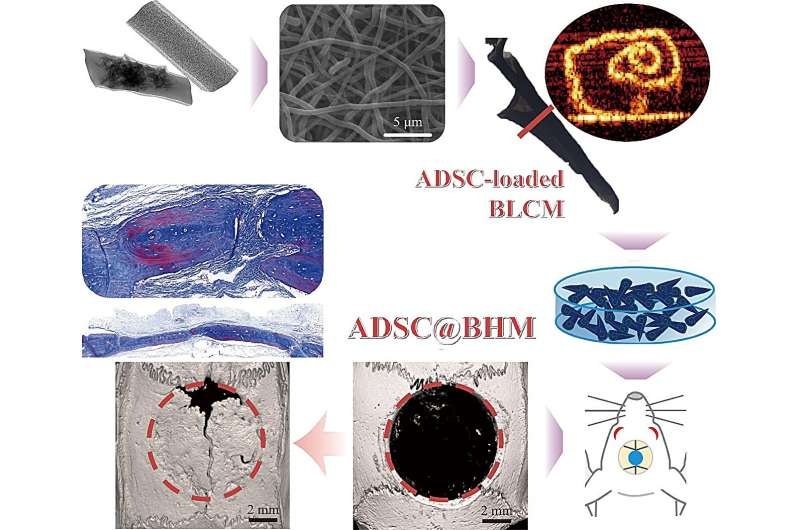A team of researchers has devised a regenerative method for treating whole organs using pig fat. Tissue engineering and regenerative medicine have never been closer to achieving their goals of improved treatments, increased quality of life for patients.

Mimicking Nature’s Blueprint
The surgery to fill bone defects is one of the main challenges in the medical field, due to deficiencies that may limit traditional treatments with donor site morbidity, size mismatches and immunological rejection.
Now, here come the researchers from Sun Yat-sen University School of Biomedical Engineering with an innovative solution. They developed tubular bone-mimetic scaffolds from electrospun membranes.
However, with the use of these scaffolds is to create an environment that would be ideal for supporting adipitose derived stem cells (rADSCs) and recovering quickly. The researchers have successfully converted a variety of high-level materials such as polycaprolactone, PLGA and nano-hydroxyapatite into bio-inspired bone scaffolds, thus providing excellent results in mice studies and bringing new ideas to the repair of bone defects.
THE AMAZING POSSIBILITIES OF STEM CELLS
Due to their easy access and strong osteogenic differentiation potential, adipose-derived stem cells (ADSCs) have gained extensive attention in bone regeneration research. Nevertheless, the direct inject ADSCs have such short survival time which greatly limited their efficiency.
In this regard, the researchers accomplished the task by seeding the ADSCs on to annular tubular scaffolds. This integration greatly improves the in vivo retention and bone regeneration ability of ADSCs represented by building an ideal microenvironment for them to survive and grow.
The study further studied the potential relations between VEGF, BMP-2 and the 3D fibrous structure in inducing rADSCs osteogenesis, providing important information on whether the possible osteogenic mechanisms for this unique strategy.
Conclusion
Major contributions to bone regeneration have been made with the discovery of these tubular scaffolds prepared from electrospun membranes. By mimicking the natural bone architecture and combining it with a supportive environment that promotes ASC survival, researchers have established an innovative approach addressing treatment methods to dramatically improve outcomes for people suffering from critical-sized bone defects. The research represents a milestone in tissue engineering and regenerative medicine, providing something doctors desperately need: A way to repair damaged tissues with functional replacement de novo.
